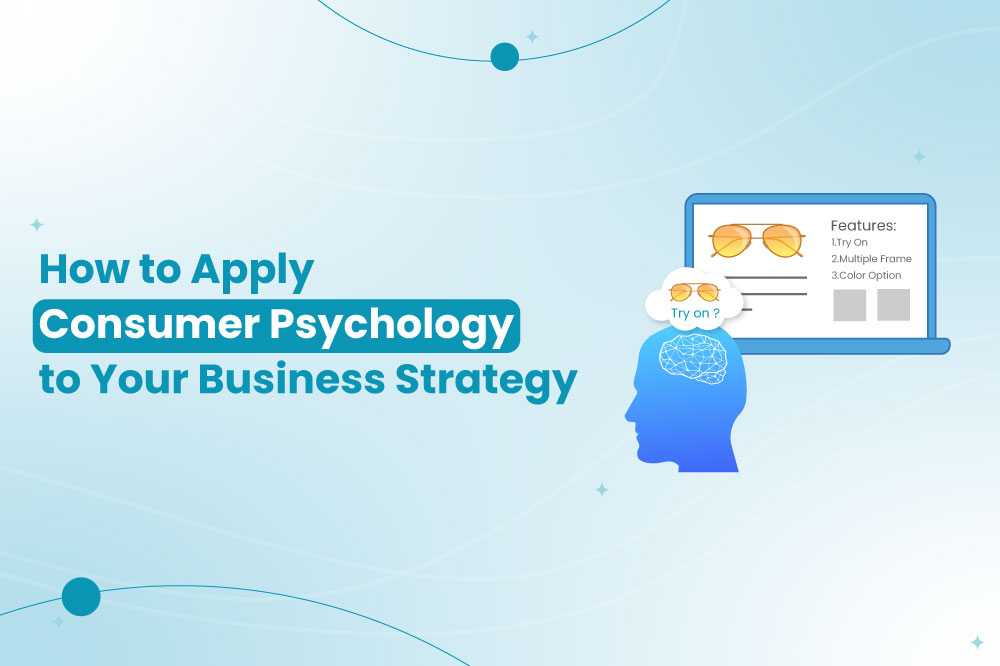
Imagine this: a customer enters a physical store or browses an online shop. They’re met with dozens—even hundreds—of options. Yet, somehow, they select a few items, head to the checkout, and make a purchase. Why those items? Why now?
The answer lies in consumer psychology, a fascinating field that explores the thoughts, emotions, motivations, and behaviors that drive buying decisions. Whether you’re running a brick-and-mortar business or an eCommerce platform, understanding the psychological principles behind consumer behavior can help you attract, engage, and convert customers more effectively.
The Science of Consumer Behavior
Purchasing behavior isn’t random—it’s shaped by a combination of psychological triggers, social influences, and environmental cues. Let’s look at a few key principles that guide why consumers say “yes” to a product:
- Loss Aversion: People are more motivated by the fear of losing something than by the potential to gain something. This is why tactics like “Only 2 left!” or “Ends tonight!” often work so well—they tap into the consumer’s desire to avoid missing out.
- Social Proof: Shoppers are more likely to trust a product or brand if they see that others do too. Reviews, testimonials, star ratings, and influencer endorsements build credibility and reduce doubt.
- Authority Bias: Consumers are heavily influenced by expert opinions or trusted sources. Endorsements from industry professionals or media outlets can significantly boost confidence in your product.
- Emotional Triggers: People buy based on feelings, not just logic. A compelling story, relatable imagery, or emotionally charged marketing message can make all the difference.
- Anchoring: The first number a consumer sees sets a mental reference point. Displaying a higher original price next to a discounted price makes the latter appear more appealing.
Types of Consumers and How to Attract Them
Different customers respond to different motivations. Identifying these groups helps tailor your approach:
1. The Rational Consumer
These shoppers are methodical. They compare features, read reviews, and evaluate value.
- Offer in-depth product descriptions, spec sheets, and comparison charts.
- Use educational content like blogs or explainer videos.
2. The Impulsive Consumer
They buy on instinct and emotion. These customers often respond to flash deals and visually exciting offers.
- Use countdown timers, limited-time offers, and “just dropped” items.
- Keep your checkout process fast and easy to avoid second thoughts.
3. The Social Consumer
Driven by trends and social proof, they look to others for buying cues.
- Promote influencer partnerships and encourage user-generated content.
- Display reviews and real customer photos prominently.
4. The Loyal Consumer
These are your repeat buyers who trust your brand and return regularly.
- Introduce loyalty programs with exclusive perks or discounts.
- Send personalized messages, product suggestions, or thank-you notes.
5. The Price-Sensitive Consumer
Focused on value, they’re constantly on the hunt for the best deal.
- Highlight savings clearly and offer bundle discounts.
- Include price match guarantees or seasonal promotions.
6. The Skeptical Consumer
They need reassurance. Often wary of scams or poor quality, they look for trust signals before purchasing.
- Showcase certifications, return policies, and warranties.
- Provide transparency in materials, sourcing, or ethical practices.
Psychology in Brick-and-Mortar vs. Online Stores
Brick-and-Mortar:
- Store layout: Drive exploration by placing bestsellers in the back.
- Lighting & ambiance: Warm tones and calming music enhance shopping mood.
- Product placement: Eye-level shelves increase visibility and perceived value.
Online Stores:
- Website design: Clean, intuitive design keeps users engaged.
- Personalization: Recommend products based on browsing history or preferences.
- Visuals & copy: High-quality images and benefits-driven copy create trust and connection.
How to Apply Consumer Psychology for Growth
- Optimize pricing strategies: Use anchoring, bundles, and visible discounts to drive conversions.
- Gamify interactions: Offer rewards for completing actions like reviews or referrals.
- Use behavioral data: Analyze customer behavior through heatmaps, session recordings, or analytics tools.
- Build trust: Use social proof, transparency, and strong guarantees to earn buyer confidence.
- Simplify checkout: Fewer clicks, more payment options, and guest checkout options reduce friction.
Conclusion: Psychology as a Sales Superpower
Understanding how your customers think is one of the most powerful tools in your marketing toolkit. By applying principles of consumer psychology, you can build strategies that resonate on a deeper level—boosting trust, loyalty, and ultimately, sales.
Want to put these insights into action? With ZenBasket, you can create an online shopping experience tailored to how people really buy. Start your store today and turn psychology into profit.







